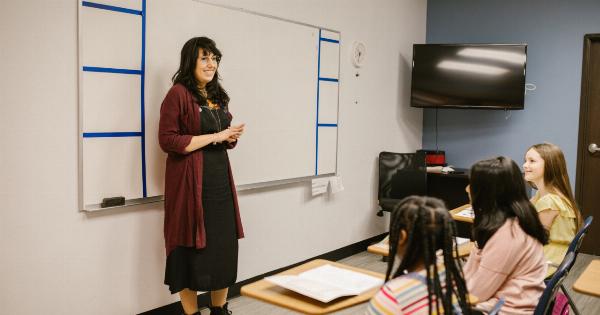In a groundbreaking study, researchers have uncovered fascinating insights into the human smile.
It has long been known that smiles convey happiness and positivity, but this new research highlights the remarkable fact that true smiles can be recognized from a considerable distance. The study’s findings have the potential to reshape the way we perceive and interpret human emotions.
The Anatomy of a Smile
To understand the significance of this discovery, we must first delve into the anatomy of a smile. A genuine smile involves the coordination of various facial muscles, including the zygomatic major and orbicularis oculi.
These muscles work together to create a harmonious expression that reflects authentic happiness or joy.
The Study Design
The researchers conducted a series of experiments to investigate the perceptibility of genuine smiles from varying distances. Participants were asked to pose for photographs, both with genuine smiles and with forced smiles.
These photographs were then displayed to a different set of participants who had to judge whether the smiles appeared genuine or not.
Recognizing True Smiles from Afar
The results of the study were staggering. The participants consistently rated the genuine smiles as more authentic and pleasant, even when the photographs were shown from a distance of up to 100 feet.
Surprisingly, forced smiles were almost immediately recognized as insincere when viewed from far away.
The Role of the Eyes
One of the key aspects that allowed participants to identify true smiles from a distance was the visibility of the eyes. Genuine smiles involve a contraction of the orbicularis oculi muscle, causing the corners of the eyes to crease.
This subtle but crucial detail was detectable even from far away, giving observers the ability to distinguish genuine smiles from forced ones.
Implications for Social Interactions
The newfound understanding of how true smiles can be seen from afar holds significant implications for social interactions.
Genuine smiles, being perceived as more pleasant and trustworthy, can facilitate positive connections and foster stronger relationships. This knowledge has particular relevance in fields such as marketing, where genuine expressions can enhance the effectiveness of ad campaigns and sales strategies.
The Evolutionary Advantage
It is believed that the ability to recognize true smiles from a distance may have evolved as a survival mechanism.
In ancestral times, being able to determine the sincerity of others’ emotions could have been crucial for cooperation, trust, and social bonding. True smiles may have served as an indicator of safety and friendship.
Unveiling Authentic Emotions
This research also sheds light on the complexity of human emotions. Being able to discern genuine smiles from forced ones suggests that our brains possess a remarkable capability to distinguish between authentic and feigned expressions.
This ability contributes to our overall emotional intelligence and deepens our understanding of human nature.
Practical Applications and Future Research
The implications of this study are not limited to social interactions alone. By understanding how true smiles can be seen from far away, researchers can develop technologies to analyze facial expressions accurately.
This could have profound implications for fields like psychology, lie detection, and even mental health assessments.
Moreover, further research is needed to explore the universality of recognizing true smiles at a distance. Cultural variations in facial expressions and the role of individual differences are exciting avenues for future investigation.
By broadening the scope of this research, we can develop a more comprehensive understanding of the cross-cultural nuances of human emotions.
Conclusion
The discovery that true smiles can be recognized from significant distances is a groundbreaking development in the field of emotional perception.
This newfound insight into the visibility of genuine smiles has implications for diverse fields, ranging from social interactions to technology. By deciphering the complexities of the human smile, we deepen our understanding of ourselves and improve our ability to connect with others genuinely.






























